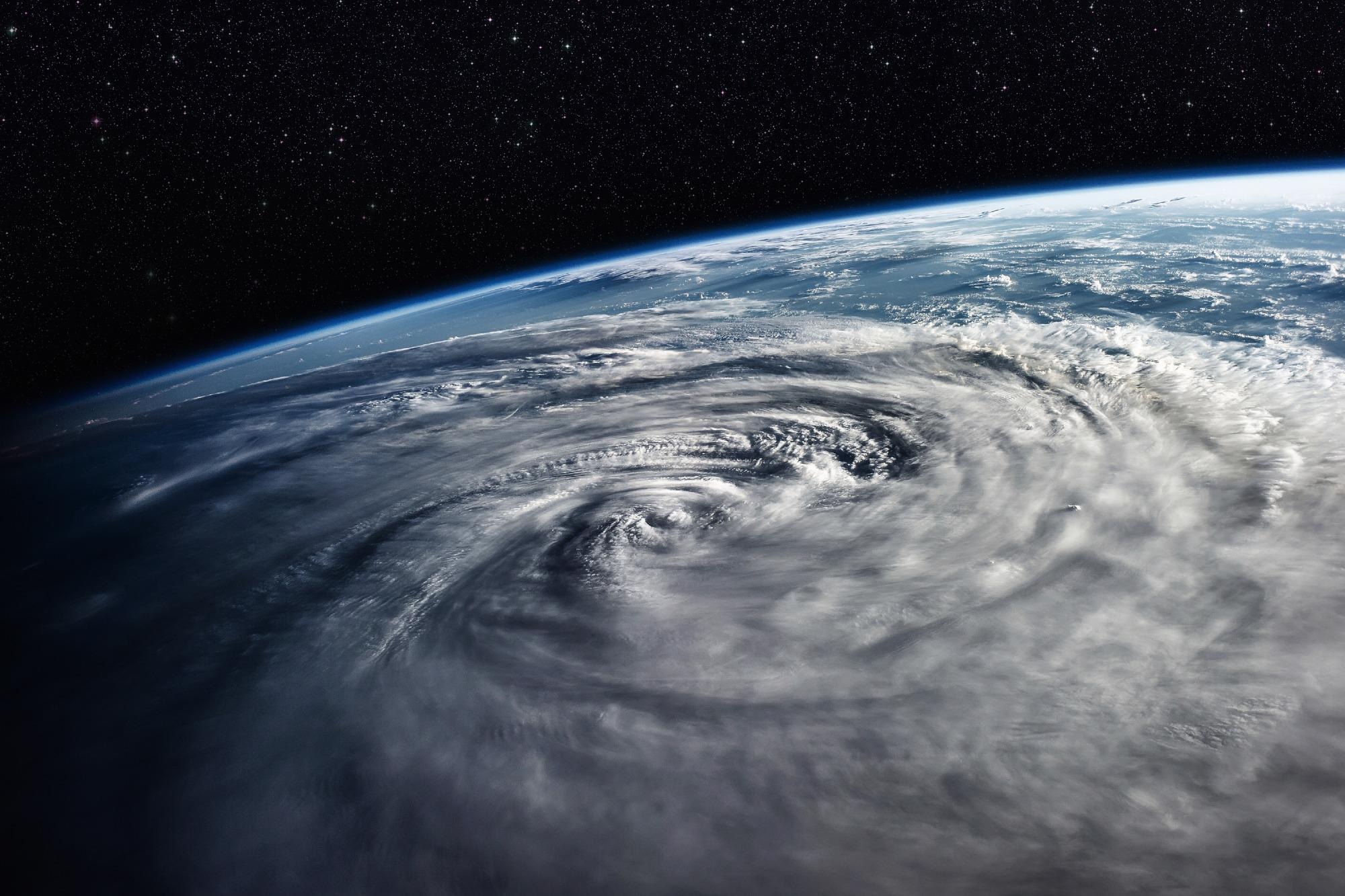Climate change caused by humans will create strong tropical cyclones that are twice as frequent as they already are by the middle of the century, endangering huge parts of the world.
 Image Credit: Shutterstock.com/NASA images
Image Credit: Shutterstock.com/NASA images
The study has been reported recently in the Scientific Advances journal.
Also, the analysis reveals that the utmost wind speeds linked to these cyclones could increase by around 20%.
Tropical cyclones seem to be comparatively rare regardless of being amongst the most harmful extreme weather events in the world. In a given year, only 80 to 100 tropical cyclones form throughout the world, the majority of which never make landfall. Precise global historical records are rare, thereby making it difficult to forecast where they will take place and what actions Governments must take to prepare.
To combat this limitation, an international group of researchers involving Ivan Haigh from the University of Southampton has come up with a new method that integrated historical data with global climate models to produce hundreds of thousands of so-called “synthetic tropical cyclones”.
Our results can help identify the locations prone to the largest increase in tropical cyclone risk. Local governments can then take measures to reduce risk in their region, so that damage and fatalities can be reduced.
Dr. Nadia Bloemendaal, Study Lead, Institute for Environmental Studies, Vrije Universiteit Amsterdam
Bloemendaal added, “With our publicly available data, we can now analyze tropical cyclone risk more accurately for every individual coastal city or region.”
Creating a very big dataset with such computer-generated cyclones, with similar features to natural cyclones, the scientists were able to more precisely project the event and behavior of tropical cyclones across the world over the decades to come in the face of climate change. This is also done in regions where tropical cyclones are presently rare.
The analysis of the research team showed that the frequency of the majority of the intense cyclones, those from Category 3 or greater, will double globally as a result of climate change, while weaker tropical storms and tropical cyclones will be less common in the majority of the world’s regions.
The exclusion to this will be the Bay of Bengal, where the scientists discovered a decrease in the frequency of intense cyclones.
The majority of the locations at risk will be in low-income countries. In countries, where tropical cyclones are comparatively rare today, an increased risk in the coming years will be noticed, like Laos, Cambodia, Mozambique, and several Pacific Island Nations, like the Tonga and Solomon Islands.
Across the globe, Asia will be able to witness the biggest increase in numerous people exposed to tropical cyclones, with millions exposed in Japan, China, South Korea, and Vietnam.
Of particular concern is that the results of our study highlight that some regions that don’t currently experience tropical cyclones are likely to in the near future with climate change. The new tropical cyclone dataset we have produced will greatly aid the mapping of changing flood risk in tropical cyclone regions.
Dr. Ivan Haigh, Associate Professor, University of Southampton
The study performed could aid governments and organizations in better evaluating the threats caused by tropical cyclones. Hence, it supports the development of risk mitigation strategies to reduce impacts and loss of life.
Journal Reference:
Bloemendaal, N., et al. (2022) A globally consistent local-scale assessment of future tropical cyclone risk. Science Advances. doi.org/10.1126/sciadv.abm8438.